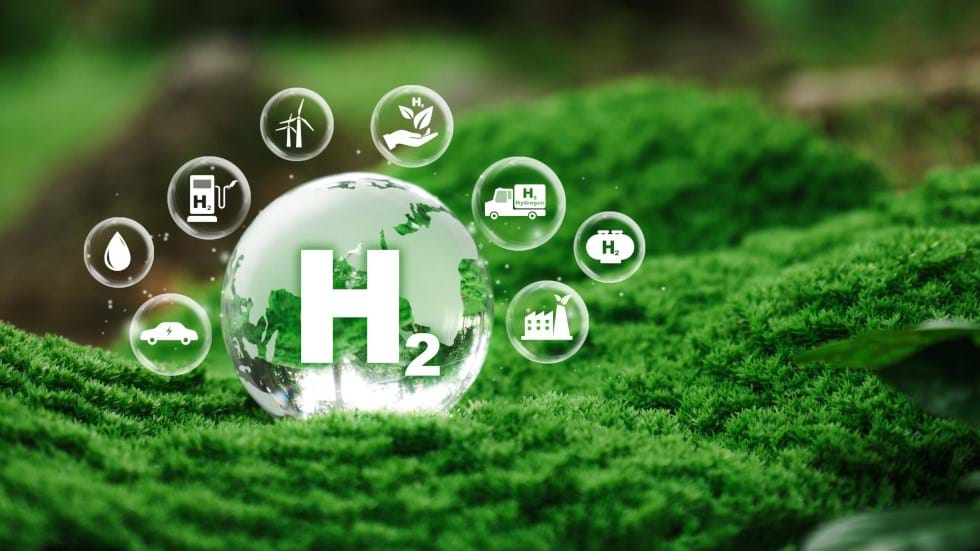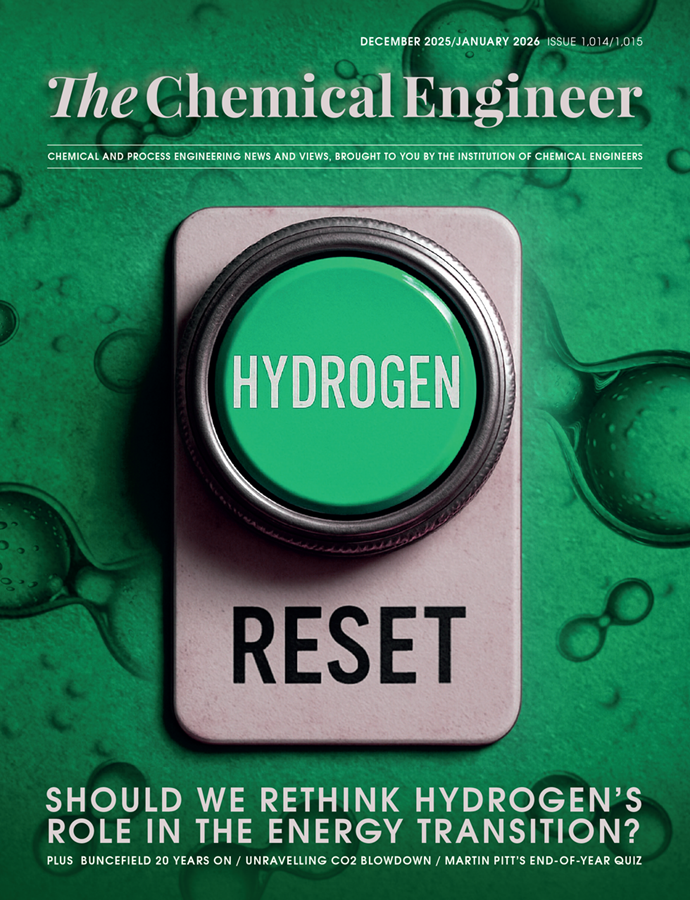UK government announce first ten projects in £2bn hydrogen programme

TEN commercial-scale green hydrogen projects have gotten the green light for construction, paving the way for the first phase of the UK’s hydrogen strategy.
Projects in Hydrogen Allocation Round 1 (HAR1) span the UK and involve producing hydrogen for a range of industries, including mining, aviation and transportation.
The projects are expected to create more than 700 jobs during construction and operation including jobs for apprentices, graduates, and engineers.
HAR1 projects will have access to £2bn (US$2.7bn) of support over 15 years from the Hydrogen Production Business Model, and more than £90m in capital expenditure from the Net Zero Hydrogen Fund. A further £400m of private investment has been committed to these projects.
Clare Jackson, the CEO of trade body Hydrogen UK said: “Signing these contracts demonstrates the confidence and commitment of both the government and industry in building a sustainable hydrogen sector.”
Regional projects
The projects were first picked up by the government in December of last year before being agreed on by the Low Carbon Contracts Company – a government body tasked with securing private investment for green energy projects in the UK. It also leads the Contracts for Difference scheme.
The projects in HAR1 includes the Langage green hydrogen project in Plymouth, operated by renewable energy firm Carlton Power. The project intends to develop a green hydrogen plant with an initial capacity of 10 MW, to supply hydrogen to industrial facilities in the region. Carlton Power says that the hydrogen produced by the initial 10 MW plant will reduce CO2 emissions in Plymouth by more than 7,000 t annually.
EDF and its hydrogen subsidiary Hynamics is developing the Tees Green hydrogen project in Redcar, Teesside. Hydrogen will be produced from electricity generated from the Teesside Offshore Wind Farm – which has a capacity of 62 MW – and used to produce sustainable aviation fuel.
Another is the HyMarnham project in Newark, jointly backed byGeoPura and animal food waste processor JG Pears. The project involves the development of a hydrogen production facility situated at a former coal fired power station and powered by 43 MW of solar power and 8 MW of electrolysers. GeoPura will use the hydrogen to supply their remote power generation units, whereas JG Pears will use it to power its waste disposal operations.
Alistair Collins, director of HyMarnham Power, said: “As one of the first HAR1 projects now commissioning electrolyser systems, we’re proud to demonstrate what government support can unlock.”
The government expect HAR1 projects to be online between 2025 and April 2028. It has also shortlisted 27 projects for HAR2, with the confirmed projects to be announced next year.
Recent Editions
Catch up on the latest news, views and jobs from The Chemical Engineer. Below are the four latest issues. View a wider selection of the archive from within the Magazine section of this site.




